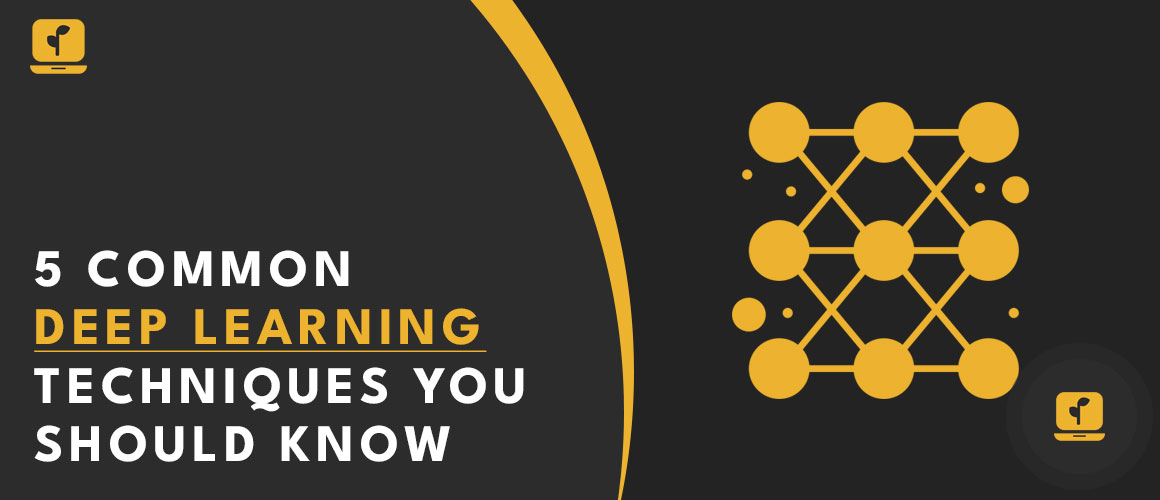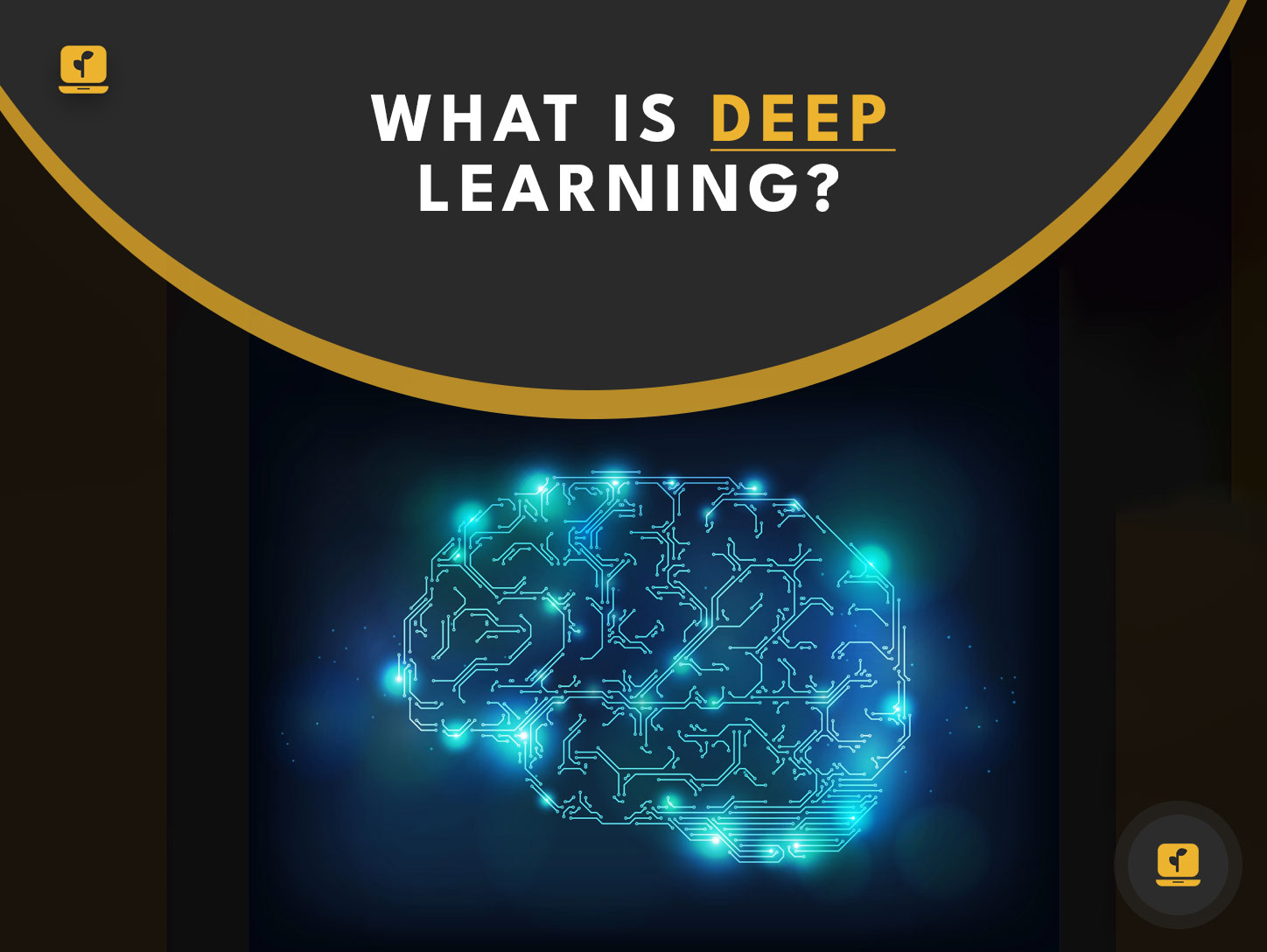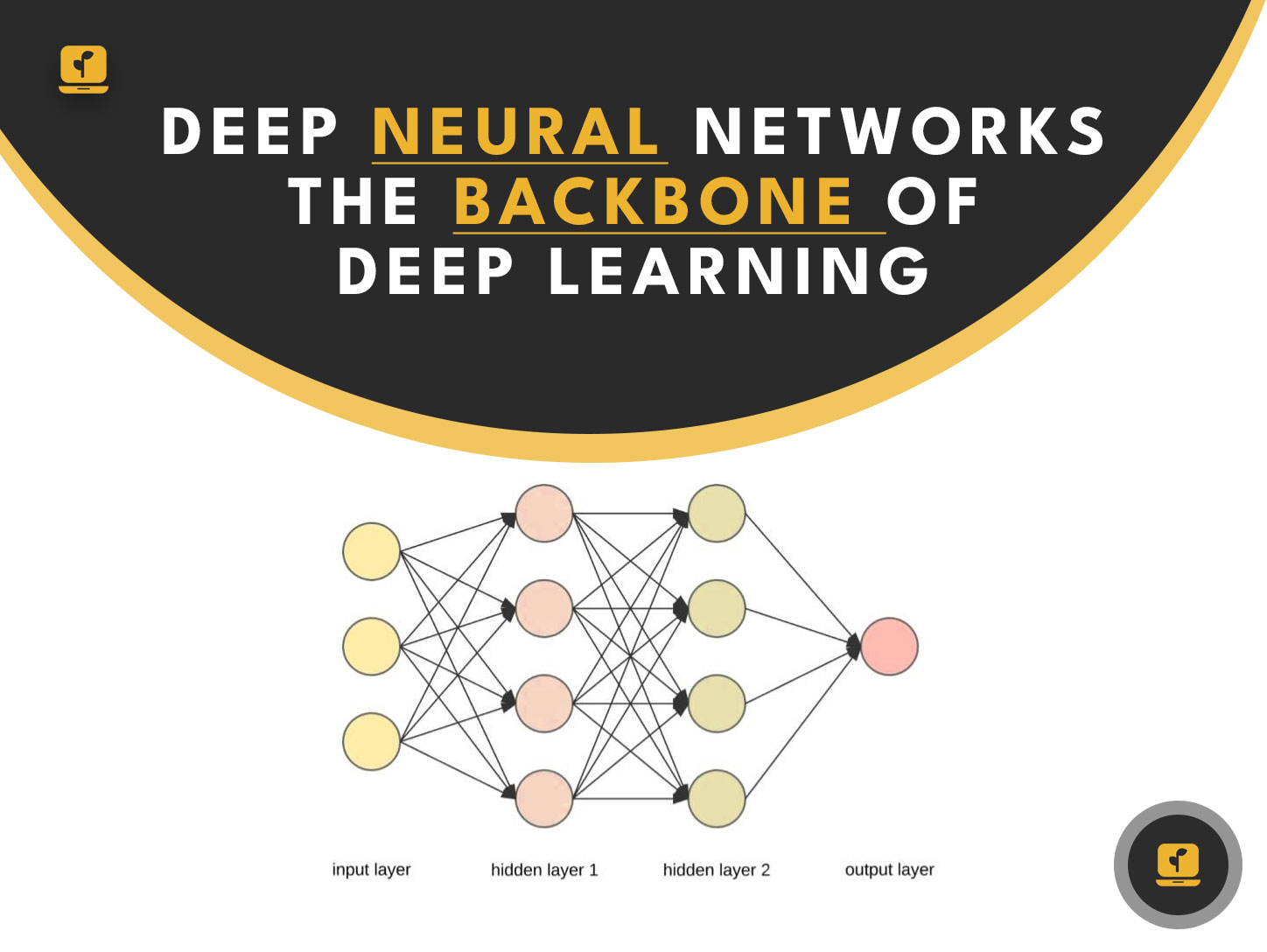As technology advances, so does the need to make sense of the vast amount of data that is generated daily. Machine learning techniques have been used to solve this problem for years, but deep learning is fast becoming the go-to method for companies that want to get the most out of their data.
Table of Contents
In this article, I’ll discuss what deep learning is and how it differs from other machine learning techniques. I’ll also cover the most common deep learning techniques and algorithms used in artificial intelligence.
What is Deep Learning?
Deep learning is a subset of machine learning that uses algorithms to model and solve complex problems. It is based on artificial neural networks that are designed to mimic the structure and function of the human brain. The difference between deep learning and other machine learning techniques is that deep learning can automatically learn and improve from experience without being explicitly programmed.
Deep Neural Networks – The Backbone of Deep Learning
Deep neural networks are the backbone of deep learning. They are composed of multiple layers of interconnected nodes that process and transform data. These layers are designed to extract features from the data and pass them to the next layer. The number of layers in a deep neural network can range from a few to hundreds, depending on the complexity of the problem being solved.
How Deep Learning is Used in Artificial Intelligence
Deep learning is used in artificial intelligence to solve a range of problems, from image and speech recognition to natural language processing and autonomous vehicles. It is particularly effective in tasks that require pattern recognition or decision-making based on large amounts of data. Deep learning algorithms can be used to identify objects in images, transcribe speech, or predict the likelihood of a customer buying a product.
Common Deep Learning Techniques
There are several common deep learning techniques, including supervised learning, unsupervised learning, reinforcement learning, convolutional neural networks, and recurrent neural networks.
- Supervised Learning – Supervised learning is a technique in which the algorithm is trained on labeled data. The algorithm learns to make predictions based on the input data and the corresponding output or target variable. For example, an algorithm can be trained on a dataset of images of animals, where each image is labeled with the animal’s name. The algorithm can then be used to classify new images of animals based on what it learned from the training data.
- Unsupervised Learning – Unsupervised learning is a technique in which the algorithm is trained on unlabeled data. The algorithm learns to find patterns or structure in the data without being given any specific instructions. For example, an algorithm can be trained on a dataset of images without any labels. The algorithm can then be used to group similar images together based on their visual characteristics.
- Reinforcement Learning – Reinforcement learning is a technique in which the algorithm learns to make decisions based on rewards or punishments. The algorithm is trained to take actions that lead to a positive outcome and avoid actions that lead to a negative outcome. For example, an algorithm can be trained to play a game by receiving a reward for winning and a punishment for losing.
- Convolutional Neural – Networks Convolutional neural networks (CNNs) are a type of deep neural network that is particularly effective in image and video recognition. CNNs use convolutional layers to extract features from the input image or video. These features are then passed to fully connected layers that make the final classification decision.
- Recurrent Neural Networks – Recurrent neural networks (RNNs) are a type of deep neural network that is particularly effective in sequence prediction and natural language processing. RNNs use recurrent layers to process sequential data, such as a sentence or a time series. The output of each recurrent layer is fed back into the layer as input, allowing the network to maintain a memory of previous inputs.
Algorithms Used in Deep Learning
There are several algorithms used in deep learning, including backpropagation, stochastic gradient descent, and Adam optimization.
- Backpropagation – Backpropagation is an algorithm used to train deep neural networks. It works by calculating the error between the predicted output and the actual output and propagating the error back through the network to adjust the weights of the connections.
- Stochastic Gradient Descent – Stochastic gradient descent is an optimization algorithm used to minimize the loss function in deep learning. It works by randomly selecting a subset of the training data (a batch) and updating the weights of the connections based on the error of that batch.
- Adam Optimization – Adam optimization is an adaptive learning rate optimization algorithm used to update the weights of the connections in deep neural networks. It works by computing individual adaptive learning rates for each connection based on the gradient of the loss function.
Deep Learning Models – Their Applications and Limitations
There are several deep learning models that are used in artificial intelligence, including feedforward neural networks, convolutional neural networks, and recurrent neural networks. Each model has its own strengths and limitations.
- Feedforward Neural Networks – Feedforward neural networks are the simplest type of deep neural network. They consist of a series of layers that transform the input data into the output. Feedforward neural networks are particularly effective in tasks that require classification or regression.
- Convolutional Neural Networks – Convolutional neural networks are particularly effective in tasks that involve image and video recognition. They are able to learn and recognize complex patterns in the input data by using convolutional layers.
- Recurrent Neural Networks – Recurrent neural networks are particularly effective in tasks that involve sequence prediction and natural language processing. They are able to maintain a memory of previous inputs and use that memory to make more accurate predictions.
Advantages and Challenges of Deep Learning
There are several advantages and challenges of deep learning that businesses should be aware of.
- Advantages – One of the main advantages of deep learning is its ability to learn and improve from experience. This means that deep learning algorithms can automatically adapt to new data and improve their accuracy over time. Deep learning is also able to handle large amounts of data, making it ideal for tasks that involve big data.
- Challenges – One of the main challenges of deep learning is the need for large amounts of labeled data. Deep learning algorithms require a lot of data to learn and improve, and this data must be labeled correctly. Another challenge is the need for powerful hardware to train and run deep learning models. Deep learning algorithms require a lot of computational power and memory, making them expensive to run.
Future of Deep Learning
The future of deep learning looks bright. As technology continues to advance, the need for deep learning algorithms will only increase. Deep learning is already being used in a wide range of applications, from autonomous vehicles to healthcare. As more and more data is generated, deep learning algorithms will become even more important in helping businesses make sense of that data.
Conclusion – Why Businesses Should Invest in Deep Learning
Businesses that want to stay ahead of the curve should invest in deep learning. Deep learning algorithms are able to solve complex problems and improve their accuracy over time.
They are particularly effective in tasks that involve pattern recognition or decision-making based on large amounts of data. Although there are challenges to implementing deep learning, the benefits far outweigh the costs. By investing in deep learning, businesses can gain a competitive edge and stay ahead of the curve in today’s data-driven world.













